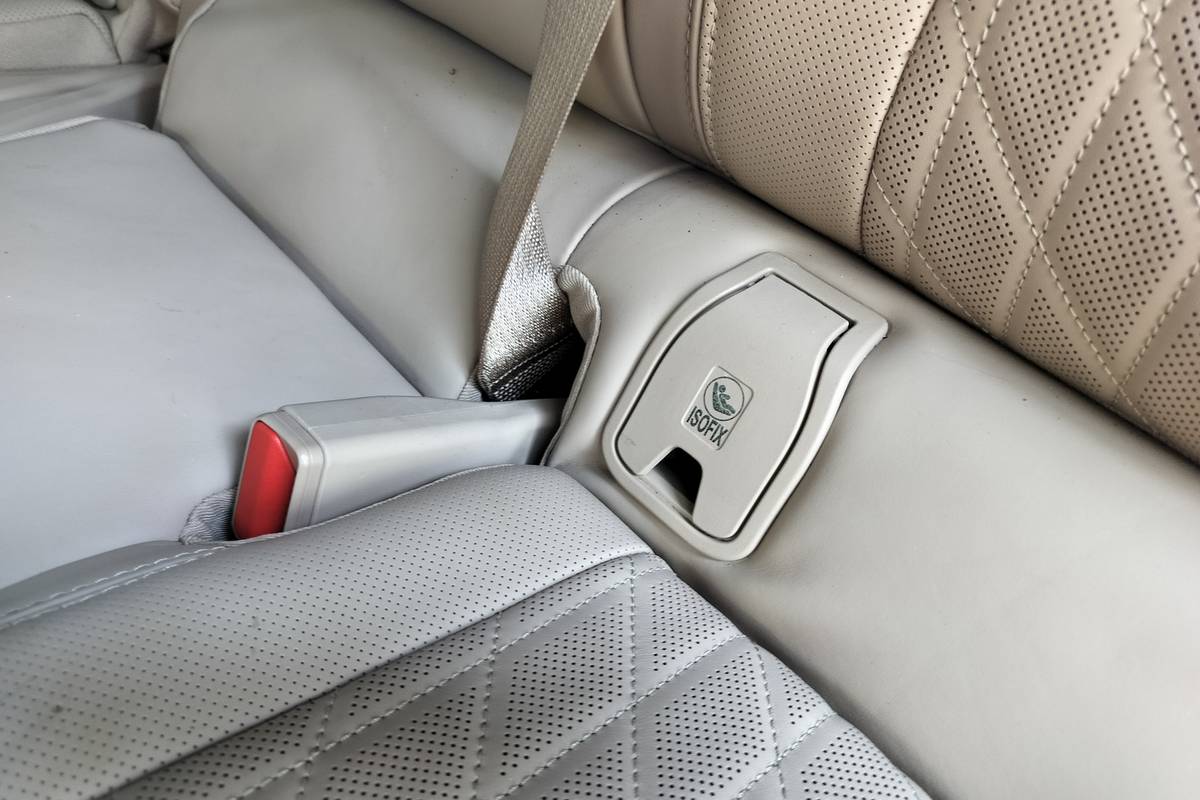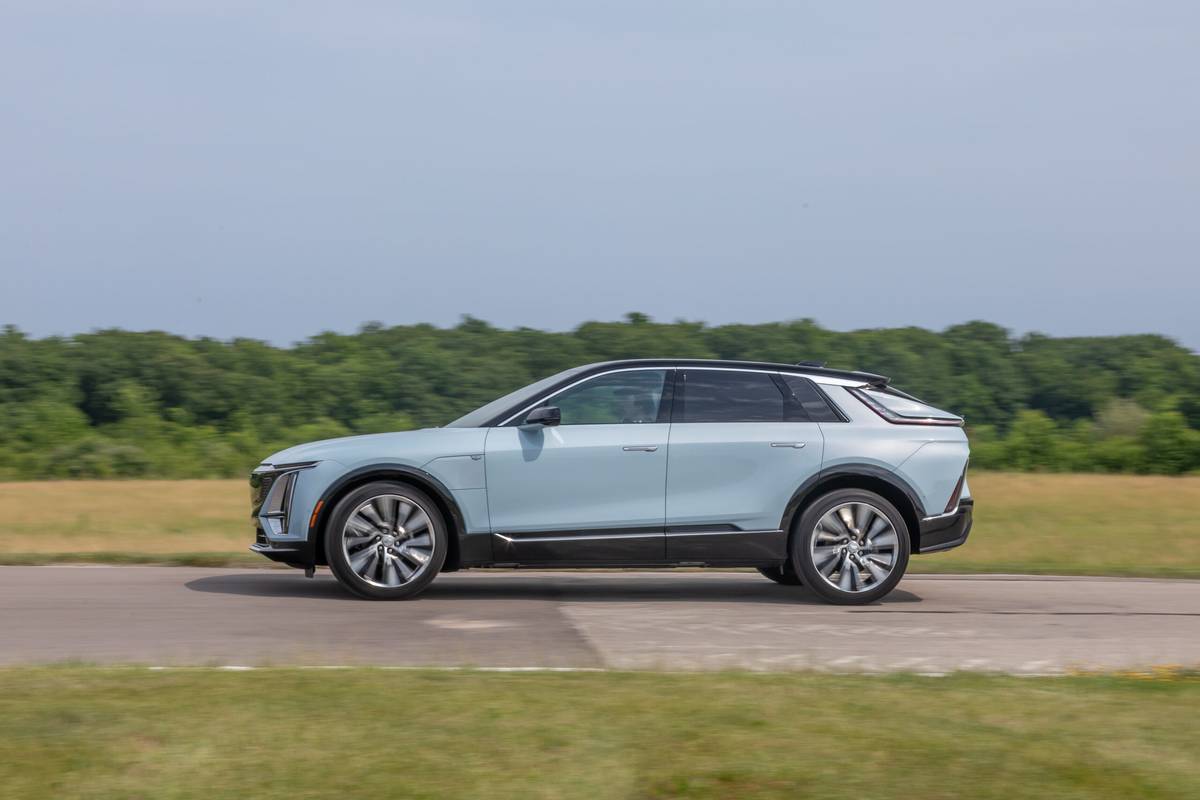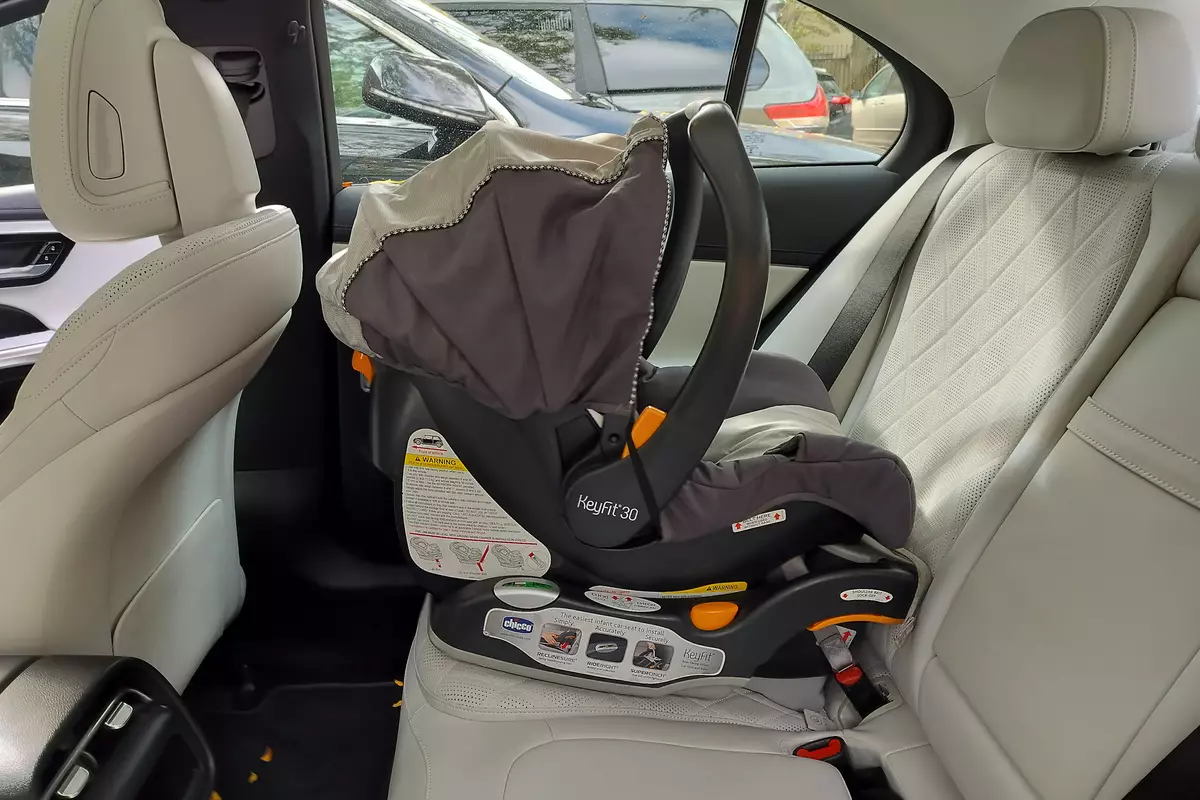Boston.com's view
Many people thought General Motors Corp.’s timing was incredibly unlucky last summer when it launched the next generation of its big trucks and SUVs on a common platform. The move came while Hurricane Katrina was swirling and gasoline prices were skyrocketing.
But maybe it was a good decision after all because the 2007 Tahoe is Chevrolet’s best SUV yet. The new Tahoe is so good, so efficient, so nicely appointed on the inside, that folks are flocking to buy it — and willingly paying more than ever.
Automotive News, citing J.D. Power and Associates’ Power Information Network, said the average sale price of a Tahoe in February was $41,233 — up almost $7,000 over a year ago. GM sold 28,524 Tahoes in the first two months of 2006, an increase of about 50 percent from last year. And I suspect that, given its obvious luxurious quality, many Tahoe buyers have moved over from the big luxury SUV category, accounting for the sales decline in that segment.
The new Tahoe justifies the impressive sales figures and is a major improvement on its predecessor, which was essentially a cast-iron bathtub turned upside down and put on wheels. On top of that, the interior looked cheap, making the car no match for quality foreign competition in the $34,000-and-up range. GM lost that contest.
Now, consider the 2007 Tahoe, with its raked windshield and aerodynamic front end, both in form and function. The first thing I noticed driving it at highway speeds was that it did not feel like it was fighting the air the way Tahoes and other big SUVs so often have done. Bye-bye bathtub.
The 5.3-liter V-8 engine features displacement on demand. That means that with a cautious foot on the gas pedal, or during smooth highway driving, you can switch from a V-8 to a V-4 and save fuel. I managed almost 20 miles per gallon in this big vehicle that can haul seven people. I doubt you’d get that with a heavy foot, and I did work at inducing the displacement feature. But still, the potential for attaining decent mileage exists.
The four-speed automatic transmission was a bit quick on upshifts when accelerating (good for fuel economy), and quick as well on downshifts, which may have accounted for a bit of twitchiness in suburban driving.
This car has a wider, lower stance than previous Tahoes, something that is immediately sensed in the form of more sure-footed, stable handling. And as the federal government has told us after spending millions on testing: A wide, low object doesn’t tip over as easily as a tall, thin one.
There was no sense of strong body roll in hard corners, no porpoising in braking or in starts, and no tippiness.
The interior featured wood touches, brushed ”metal” appointments, textures, and colors that spread from dash to side door panels.
We started out with a base Tahoe 4WD LT at $37,665. But had we not gone for the 20-inch polished aluminum wheels (bet those are great for off-roading), we’d have chopped $1,795 off our options list from the start. Then maybe the $350 for three rows of side-curtain head air bags wouldn’t have hurt so much for protection that — mark my words — will be required as standard equipment before long.
We also paid $450 for an upgraded Bose sound system, $350 for a third row of low-sitting, knee-raising seats, $245 for rear-parking assist, and $120 for adjustable pedals. Soon we were up to $41,605 — right where GM wants the vehicle priced. It plans to roll out Tahoes with more content at higher prices, enabling it to profit by enticing consumers with alluring goodies instead of money-losing incentives.
Paying $40,000-plus is still a lot for a vehicle, though this one’s size, content, finely-executed interior, and engineering make it a good buy in its class. It’s especially attractive for drivers who want to drop down from the $50,000 to $60,000 bracket to save some money for gas without losing a lot of substance.
Royal Ford can be reached at ford@globe.com.
Latest news



